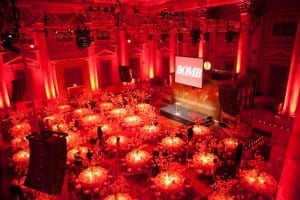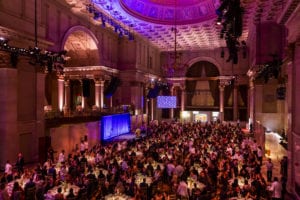Last week we began our three-part Young Art Collectors Series aiming to answer the biggest question facing the art world today: what exactly appeals to the younger generations of art collectors, and why are they buying the art they’re buying? The first part featured the enlightening perspectives of gallerist and filmmaker Scott Ogden, and today, Part II of our series presents an interview with Cara Zimmerman, who practically drives the ebb and flow of the art market on a daily basis.
As Vice President and Specialist in Folk and Outsider Art at Christie’s, Cara Zimmerman curates some of the most prominent art auctions in the world. While Zimmerman is quite accustomed to five- and six-digit price points being thrown around confidently on the auction house floor, her combination of academic prowess and business savvy developed from her positions at Christie’s and the Philadelphia Museum of Art offer a holistic, inside look at the art-dealing world.
Ms. Zimmerman shared with us her insightful thoughts on the trajectory of the modern art market, as well as her experiences as both a collector and as a Christie’s Specialist (including where to enjoy a proper drink after a lucrative auction).
Art Zealous: Walk us through an average day for you.
Cara Zimmerman: One of the great joys of my career is that there is no average day. Some weeks, I’m on the road visiting collectors and seeing exhibitions. Others, I’m in the office examining works for upcoming auctions. Others, I’m putting together exhibitions for upcoming sales. One unifying feature is that I’m always looking at objects.
AZ: You’ve just finished a major auction of your favorite outsider artists. Where do you go afterward to celebrate, and what is your celebratory drink of choice?
CZ: I head to the Harvard Club bar (a couple of blocks from work) for red wine or a Hendricks martini.
AZ: How did you begin as a collector, and do you remember the first piece(s) you collected?
CZ: While I have long collected objects and drawings that speak to me, I vividly remember the first piece that made me feel like a “collector.” It is a small Hipkiss drawing, which I purchased from Cavin Morris Gallery at the 2006 Outsider Art Fair. I paid for it in small monthly installments (I was in an entry-level museum job at the time), and I remember being simultaneously thrilled and terrified that I’d taken the leap and acquired this.
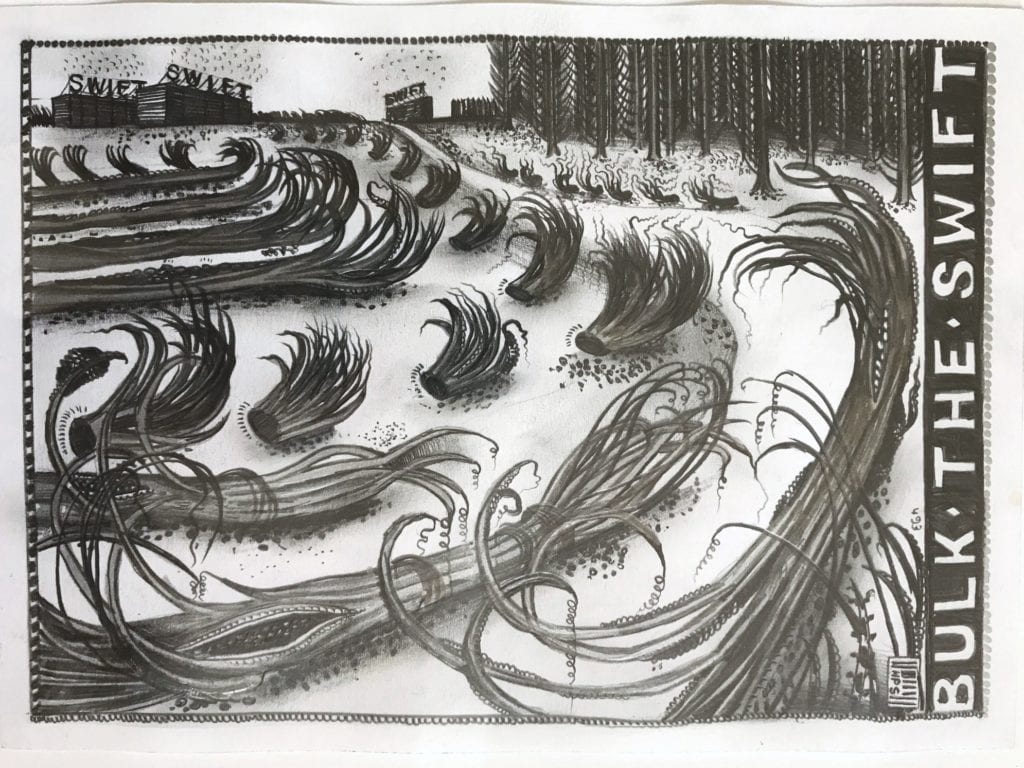
AZ: How has your relationship with the works you collected early on changed over the years?
CZ: I interact with the pieces in my collection on several levels. First, I connect with each object through its meaning and aesthetic resonances. Second, each piece reminds me of when and where I acquired the work. Third, each allows me to feel a connection with the artist and his or her oeuvre. As I see more art and have new experiences, I see additional meanings in the works I collected earlier in my life. Also, the further I am from a works’ acquisition, the more interesting that acquisition memory becomes. For example, when I look at the Hipkiss (mentioned above), I am transported to an earlier self and mindset, and to that moment when I decided to become a collector. That object reminds me of the ways I used to see while my appreciation of the work simultaneously evolves. I believe that every collector has an “angle” to their collection, whether they realize it or not. Some folks collect by style, some by country, some by color, some by subject. I have collected works by living self-taught artists, since I feel it’s important to support the future of the field I love. Since I’ve started collecting, some of the artists whose work I own have passed away. I now see pieces by those artists differently — I no longer get to wonder where my pieces will exist in relation to works yet to come, but instead have to consider my works within a finite body of art.
AZ: Tell us about some of your particular favorites of your collection: when you got them, why you got them, what they mean to you, etc.
CZ: Obviously, Hipkiss’ Bulk the Swift has a special place in my collection for all the reasons I’ve mentioned. It can be bookended by one of my more recent acquisitions: Guide Me Home, a fantastic piece by El Gato Chimney. I love this work because, as with the Hipkiss a decade before, I just viscerally responded to the artist’s work. Sometimes it’s wonderful to remove the intellectual side of acquiring art, and to fall in love with a creator’s aesthetic. Other favorites are by artists I’ve had the privilege to write about and study. I acquired a small Thornton Dial drawing on a trip to visit to the Souls Grown Deep warehouse in Atlanta and the artist’s studio in Alabama. I have three spectacular JJ Cromer works that I acquired after researching his art for Raw Vision magazine. Another favorite was actually not my acquisition, but my now-husband’s! Very early in our relationship, he acquired some works from Israeli street art collective Broken Fingaz, and I thought they were absolutely fantastic. I felt if our aesthetics aligned, it was a very good sign for our future together.
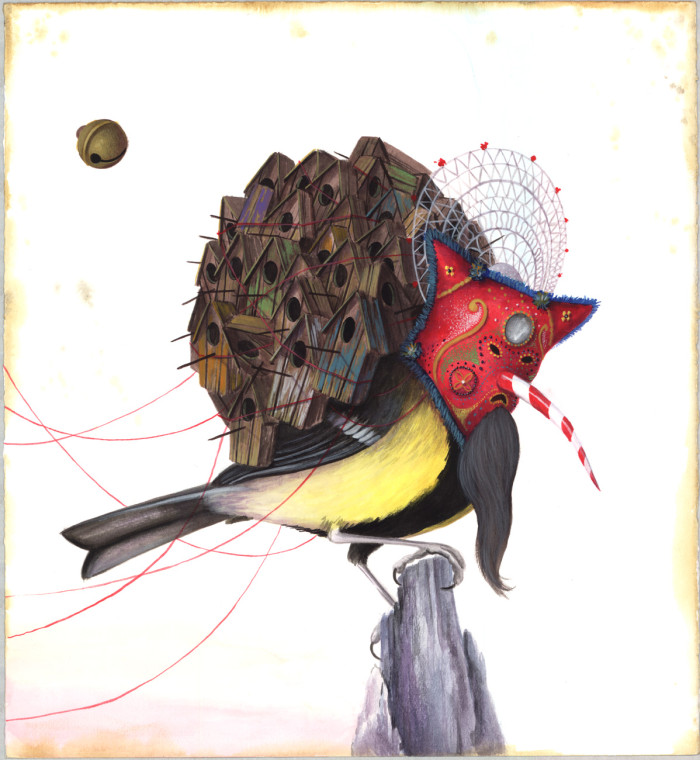
AZ: Of the particular favorites you mentioned, with which artist would you want to have dinner the most?
CZ: Can I request a dinner party for the whole group?
AZ: Are there any pieces from your collection that were works you specifically sought for a while, as opposed to simply happening upon them while shopping and deciding to get them right then and there?
CZ: Most of the works in my collection are by artists I’ve considered and thought about extensively. Even when I haven’t sought specific works, I’ve often sought works by specific artists. However, like most art lovers, I often find pieces I just want to own, and don’t pre-plan every acquisition! I have a great Donald Mitchell drawing because I saw the piece in a gallery and just adored the flaming figure in the lower corner.
AZ: When looking for art to add to your collection, is the motivation behind a purchase purely aesthetic in nature, or is there a bit of financial practicality in mind? In other words, do you see collecting art as a sound investment as well as an emotionally driven action? (We’re thinking especially of this quote from NPR on Evan Beard, who oversaw the 2016 US Trust Survey: “Beard says the older generation collects ‘as a lifestyle, as an extension of their autobiography; whereas younger collectors tend to be much more commercially driven.’)
CZ: I acquire art because I want to live with the work and feel it will make my life more interesting. That’s not to say I ignore the investment side of the equation. Whenever possible, I look at auction results for artists whose works I’m considering, as those numbers show the values achieved by an artist in the secondary market. A stable auction record (or an increase in prices over time) indicates the work will likely hold or increase in value. I also find it helpful to look at whether an artist has been included in museum exhibitions, as that indicates a wider art world interest in the artist’s output.
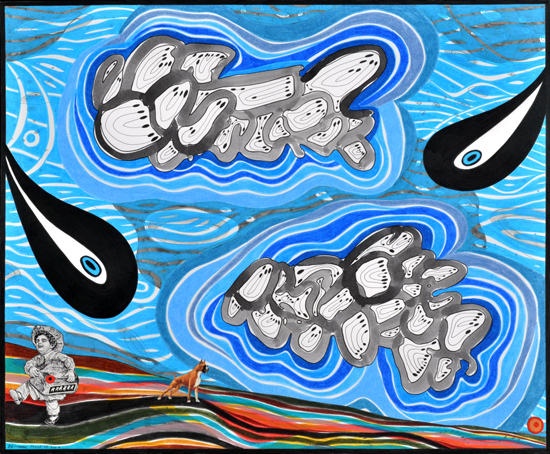
AZ: Do you think that finding a piece that you like online is very different from actually going to a gallery and being drawn to a work in person?
CZ: It’s a very different experience to look online and to see a work in a gallery, but I have found great pieces both ways. There is a tactile quality to art that doesn’t quite translate to a screen, but high-resolution images can get pretty close.
AZ: Have you had any experience with purchasing art for your own collection online?
CZ: I have found pieces online (anywhere from individual gallery sites to eBay), but I still enjoy seeing the work “in the flesh” before making a final decision.
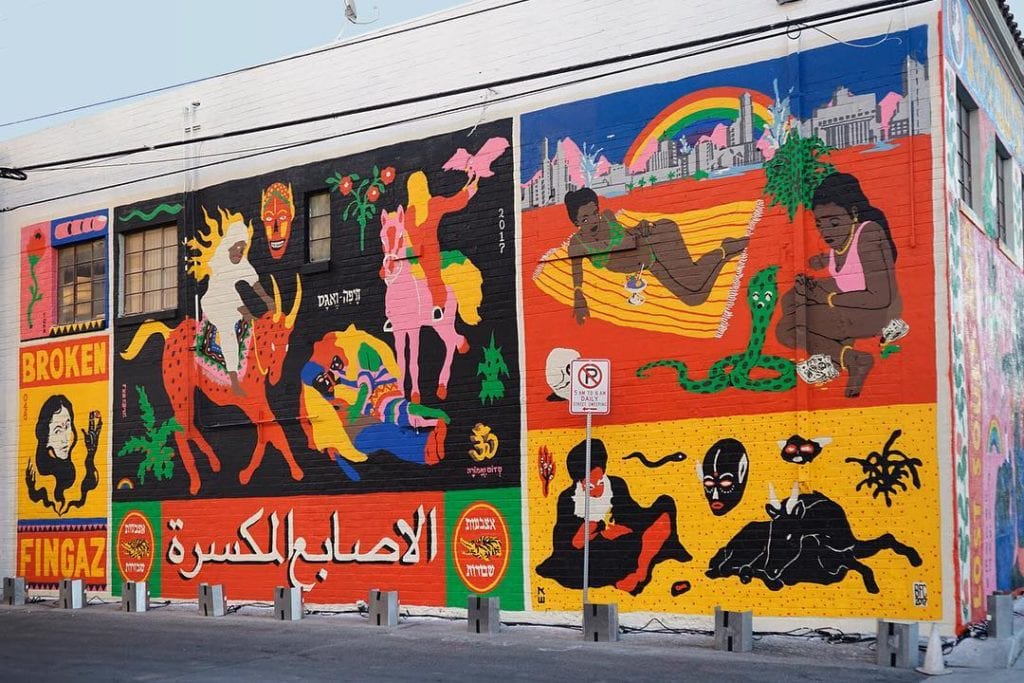
AZ: How do you think art collecting will change in the near future? What about the art market in general?
CZ: I think we’re seeing a significant shift as collectors increasingly rely on the Internet to research, choose, and purchase their artworks. This makes for a more global market: I can purchase from a gallery in Paris, an auction in London, and an artist in Virginia all while sitting in New York. From my vantage point as an auction house specialist, I see this direction as a win-win for collectors and arts professionals: collectors can view a Christie’s catalogue online and/or see the exhibition in person; they can bid in the room or on the phone or online. This means more flexibility and accessibility for buyers and increased visibility for auction houses (and their sellers).
AZ: You have written for the catalogs of several university museums, including the Ackland Art Museum at UNC Chapel Hill, San Jose State University, and the University of Delaware University Museums. Is there a difference between writing about art for a largely college-aged audience and your writing for Christie’s or The Philadelphia Museum of Art?
CZ: I would say writing a catalogue essay for a university museum is very similar to writing one for a museum like the Philadelphia Museum of Art – both can be theoretical and deal with big themes supported by object analysis. Writing for an auction catalogue is much more about individual objects, in the same way museums have labels for individual works on view. Auction notes explain why specific works are important, whereas catalogue essays are more aligned with larger themes in exhibitions.
AZ: What was the first thing that went through your mind when you found out that Edmonson’s The Boxer sold for $785k (against its estimate of $150-250k)?
CZ: Edmondson’s Boxer was sold during my outsider art sale at Christie’s last year, so I was in the saleroom and experienced the bidding war in real-time! I remember being thrilled, excited, and relieved as the number crept up. It was fantastic to see how many people appreciated the sculpture, which is truly a masterpiece by the artist. That final price – an auction record for a piece of outsider art – proved to the world that outsider art is a developed, thriving area of the art market.
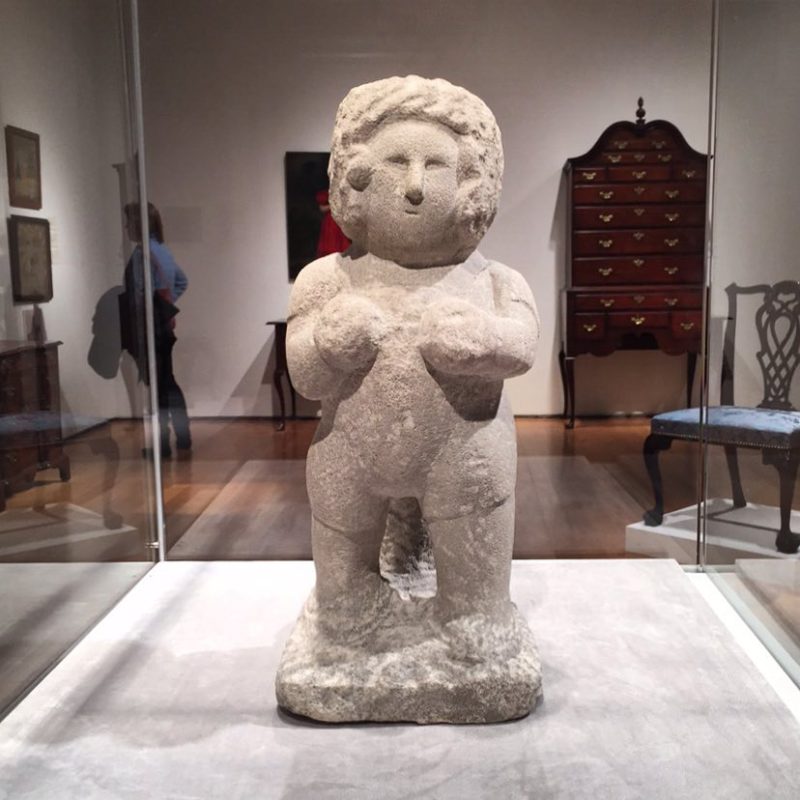
AZ: Numbers like that would be extremely intimidating to the average millennial, as is the case with many of the loftier pieces Christie’s auctions often feature. Does Christie’s have any auctions that are geared toward younger collectors who are just starting out?
CZ: We have many auctions that include works at accessible price points. Often, our online sales start at more wallet-friendly levels, and some sales, such as First Open, offer a selection of works by emerging artists targeting emerging collectors. My sales in folk and outsider art include a range of price levels because I curate auctions to include artists at various market stages. Our upcoming January outsider art sale will include a spectacular work by star outsider artist Henry Darger, estimated at $200,000-400,000, alongside great works by Leroy Almon, Jimmy Lee Sudduth, and Mose Tolliver (among others) for around $800-1,200. And, of course, everything in-between. My goal for Christie’s outsider art program is to elevate artists at all levels, and to enable collectors to access great works at a variety of values.
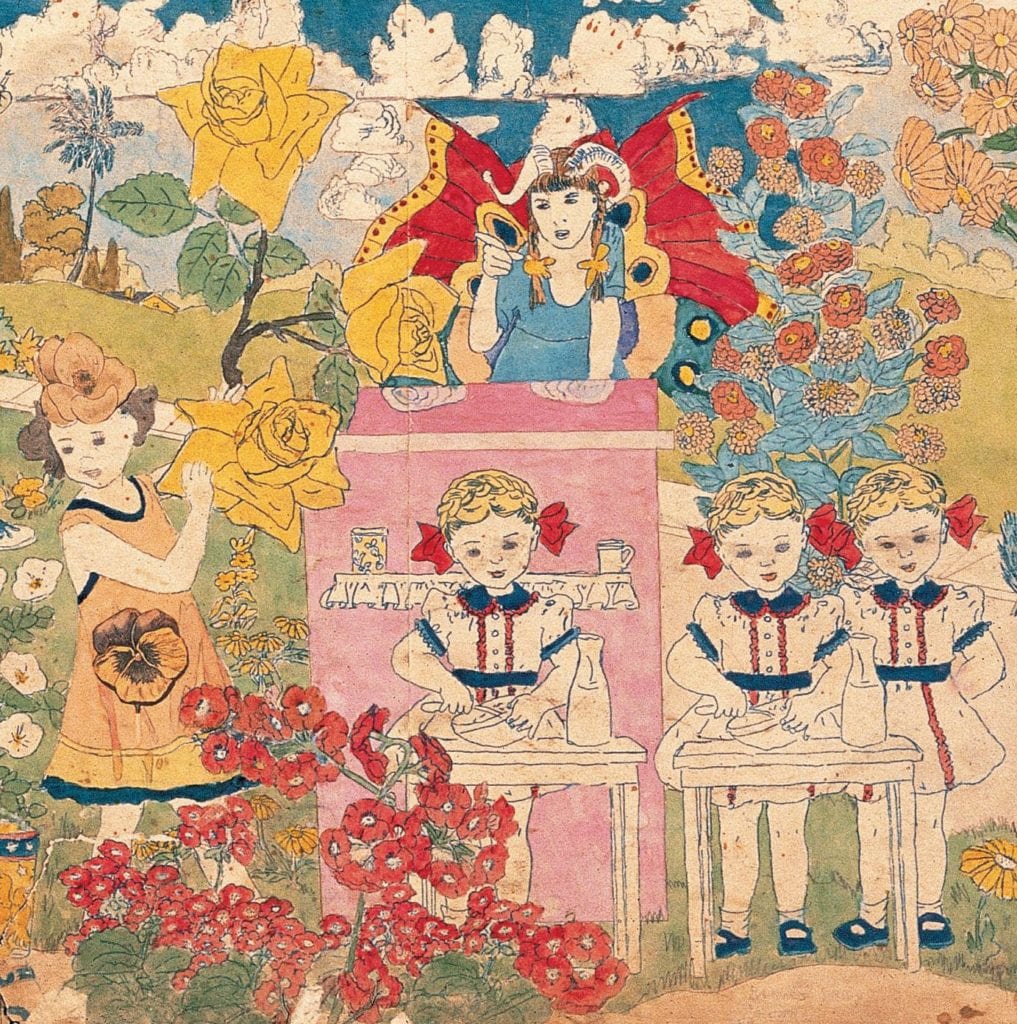
AZ: What effect does social media have on the art world? Does the ease with which your average person can view art now (with sources like Instagram and Reddit) pose a threat to the outsider art community by broadening the ‘established,’ ‘mainstream,’ art world?
CZ: I think that more artists practicing in this arena now are considered self-taught artists rather than outsider. With the accessibility allowed via Instagram, Facebook, and the Internet in general, many artists working outside academic spheres are still able to be part of an artistic community. I don’t see this as a problem for the field, but as an evolution. And, I am thrilled that outsider art is part of the “high” art discussion! Some of the greatest artists in our canon once resided outside the mainstream art world (Van Gogh for one), and I think the genre’s position as “high” art is fantastic for the legacies of outsider artists, who created some incredibly powerful work. Also, let’s not forget that many outsider artists have been considered by museums, critics, and dealers in these terms for quite some time: William Edmondson, for example, was the first African American artist to have a solo show at the MoMA, in 1937.
AZ: Any general advice for young and aspiring art collectors?
CZ: Trust your eye and buy what you love, but also consider auction values, museum shows and previous gallery pricing to get a sense of an artist’s trajectory. Read as much as you can about an artist before you invest in the work – it will allow you to understand the pieces in deeper and exciting ways.
AZ: Any upcoming projects you are particularly excited about?
CZ: I’m always curating upcoming auctions at Christie’s! Christie’s has a very exciting outsider art sale in January, to coincide with the Outsider Art Fair. I’ve also curated a show at Fountain House Gallery, which opened on September 7th. The artists included are incredibly talented, and they’ve created works around the theme of the Peaceable Kingdom (an homage to superstar folk artist Edward Hicks).
Additional reporting by Alice Oh


